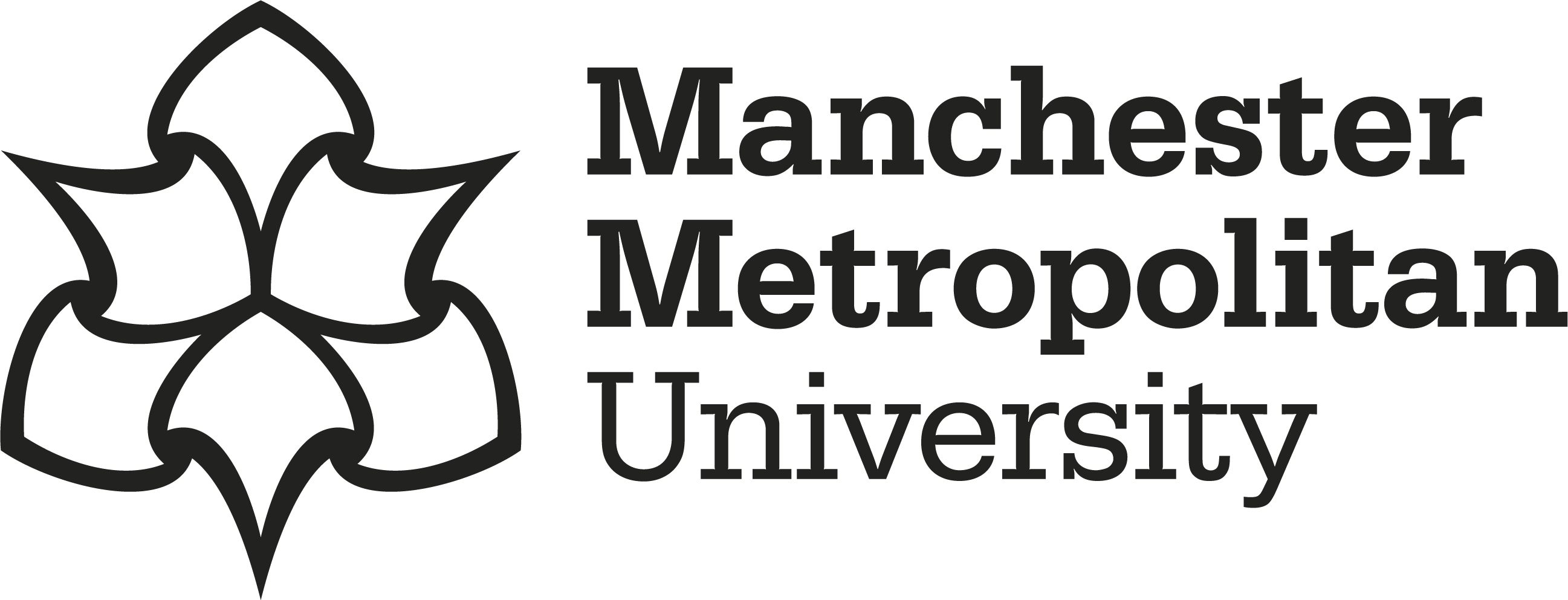Parr, J, Winwood, K 

|
Accepted Version
Available under License In Copyright. Download (613kB) | Preview |
Abstract
Purpose: To investigate the influence of maturation on match running performance in elite male youth soccer players. Methods: A total of 37 elite male youth soccer participants from an English professional soccer academy from the U14s, U15s, and U16s age groups were assessed over the course of 1 competitive playing season (2018 2019). Relative biological maturity was assessed using percentage of predicted adult height. A global positioning system device was used between 2 and 30 (mean = 8 [5]) times on each outfield player. The position of each player in each game was defined as defender, midfielder, or attacker and spine or lateral. A total of 5 match-running metrics were collected total distance covered, high-speed running distance, very highspeed running distance, maximum speed attained, and number of accelerations. Results: Relative biological maturity was positively associated with all global positioning system running metrics for U14s. The U15/16s showed variation in the associations among the global positioning system running metrics against maturity status. A multilevel model which allowed slopes to vary was the best model for all parameters for both age groups. In the U14 age group, advanced maturation was associated with greater high-speed running distance. However, maturation did not contribute toward variance in any of the indices of running performance in the U15/16s. In the U15/16 age group, significance was observed in the spine/lateral playing positions when undertaking actions that required covering distance at high speeds. Conclusions: Maturation appeared to have an impact on match-running metrics within the U14s cohort. However, within the U15/16s, the influence of maturation on matchrunning metrics appeared to have less of an impact.
Impact and Reach
Statistics
Additional statistics for this dataset are available via IRStats2.


